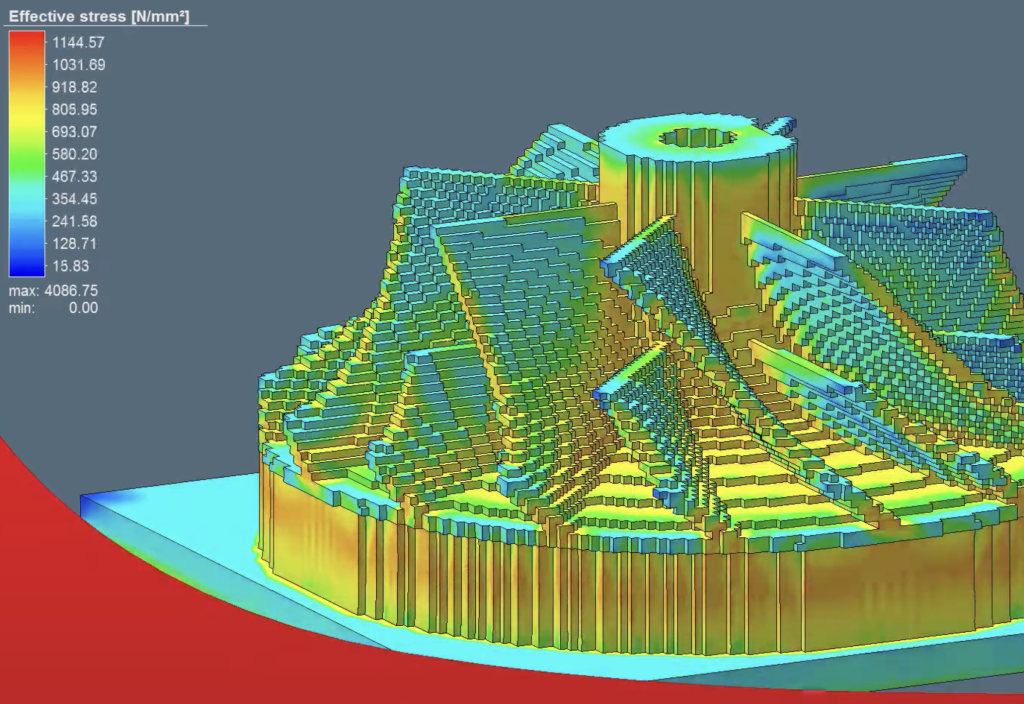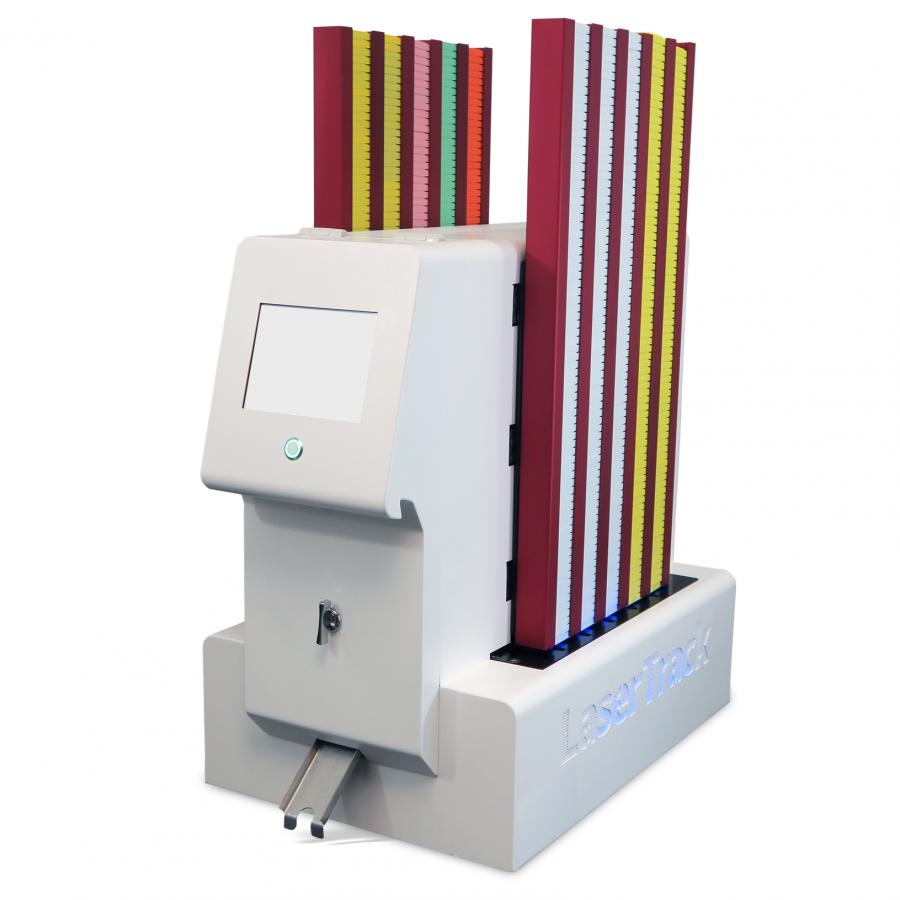Lockheed Martin 3D printing new Mako hypersonic missile

US Protection agency Lockheed Martin is 3D printing key elements for its new Mako hypersonic missile.
The corporate is leveraging steel additive manufacturing to provide the jet-fired missile’s steering part and fins. This has reportedly unlocked vital time and price financial savings.
In line with Lockheed, the 3D printed steering part is ten instances sooner to provide than standard manufacturing strategies, whereas being simply 1/tenth of the fee.
The Maryland-based protection and aerospace producer has additionally reportedly expressed a willingness to provide the missile within the UK. Growing the weapon exterior the US, which helped to fund preliminary work on Mako, would mark a departure from the corporate’s regular US-centered strategy.
In line with a report from The Telegraph, this technology-sharing initiative could be enabled by the Aukus settlement. A army alliance between the USA, United Kingdom, and Australia, Aukus was initially signed in 2021.
It initially sought to streamline the sharing of delicate nuclear-powered submarine expertise to fight the rising Chinese language presence within the Pacific. Nonetheless, the settlement additionally extends to sharing different crucial weapons programs, together with hypersonic missiles.
Work on Mako started in 2017, with the missile now at readiness degree six plus, which means it’s prepared for manufacturing. Lockheed says that Mako is “quick and it’s prepared now.”

Lockheed Martin 3D printing new hypersonic missile
Named after the world’s quickest shark, Mako is designed to strike time-sensitive targets and penetrate superior air defenses by manoeuvring at hypersonic speeds. It’s a multi-mission missile optimized for floor assault, maritime strike, and counter-air protection missions.
Weighing 1,300 kilos, Mako has been fit-checked externally on numerous plane together with the F-35, F/A-18, F-16, F-15 and P-8. It has additionally been internally fit-checked for the F-22 and F-35C fighters and could be carried by any plane with 30-inch lugs. Its stable rocket motor (SRM) can speed up Mako to Mach 5.
The missile was initially developed for the US Air Power’s Stand-in Assault Weapon (SiAW) program. Lockheed now sees potential for the system to arm submarines and warships.
Mako reportedly possesses a modular, open structure design with interchangeable 60-kilogram warheads and homing programs. It’s one among Lockheed’s first missiles to be designed in a completely digital engineering ecosystem. This digital strategy reportedly options an built-in, model-based perform to help the weapons life cycle.
Additive manufacturing is getting used to provide Mako’s steering part and fin elements. Lockheed reportedly turned to this “transformational course of” to extend the velocity and affordability of the missile manufacturing course of.
This isn’t the primary time the corporate has adopted additive manufacturing. Final yr, Lockheed Martin collaborated with steel 3D printer producer Velo3D and aerospace half inspection firm Vibrant to check 3D printing hypersonic ramjet engines.
Working with the US Division of Protection’s (DoD) LIFT Institute, the businesses 3D printed and assessed prototype elements to find out if additive manufacturing can reliably produce licensed mission-ready ramjet engines.
It had beforehand partnered with propulsion system producer Aerojet Rocketdyne to provide a hypersonic scramjet engine with a 3D printed drive system. Additive manufacturing reportedly allowed the workforce to assemble the engine with 95% fewer components than earlier fashions.


Mako missile to be made within the UK?
Talking to The Telegraph on the 2024 Farnborough Worldwide Air Present, Tim Cahill, president for missiles and fireplace management at Lockheed, mentioned expertise sharing would permit Aukus nations to prioritise protection spending and meet tight budgets.
In line with Cahill, the UK may “clearly contribute and turn out to be the grasp” of hypersonic weaponry. He added that Lockheed is prepared to develop a “Mako-style” missile within the UK as a part of these efforts.
Such an settlement may reportedly embrace partnering with British corporations on manufacturing and provide chain administration. This might provide an alternative choice to shopping for missiles from the US or constructing capabilities from scratch.
The UK is already working to develop its first superior hypersonic missiles. The Ministry of Defence’s (MoD) Crew Hypersonics (UK) is operating a consortium of 90 organizations to attain this aim. Starting from universities to world aerospace corporations, the entities are eligible to compete for eight contracts price as much as £1 billion.
Lockheed Martin has been named amongst these vying for funding alongside fellow defence producers BAE Programs and Raytheon. With a deadline of 2030, additive manufacturing will seemingly be utilized to expedite the event and manufacturing of the UK’s new hypersonic weapons.


3D printing weapon programs
Additive manufacturing is being more and more adopted to deal with the excessive demand for missiles. Throughout the US, A scarcity of home suppliers is coupled with a have to restock home inventories and help Ukraine’s ongoing struggle efforts.
To satisfy this demand, the US Navy not too long ago contracted rocket engine producer Ursa Main to design, manufacture and hot-fire check a 3D printed SRM for the Customary Missile (SM) program.
Signed beneath the Naval Energetic Programs and Applied sciences (NEST) Program, the initiative seeks to develop a brand new 3D printable design for the Mk 104 twin rocket motor, which powers the SM-2, SM-3, and SM-6 missiles. It’s hoped {that a} new design optimized for additive manufacturability will change legacy Mk 104 fashions which might be tough to provide.
By means of the contract, Ursa Main is leveraging its additive manufacturing-powered Lynx expertise to design this subsequent technology of SRMs on American soil.
Elsewhere, the UK is leveraging BAE’s steel 3D printing expertise to develop its next-generation fighter jet, Tempest.
The corporate not too long ago introduced that additive manufacturing was taking part in a key function in producing the newest supersonic demonstrator for the World Fight Air Programme (GCAP). Mission engineers have reportedly leveraged design for additive manufacturing (DfAM) when manufacturing structural components. BAE beforehand claimed that 30% of the Tempest’s components shall be 3D printed.
Nominations at the moment are open for the 2024 3D Printing Business Awards.
What does the way forward for 3D printing maintain?
What near-term 3D printing tendencies have been highlighted by business specialists?
Subscribe to the 3D Printing Business e-newsletter to maintain up with the newest 3D printing information.
You may also observe us on Twitter, like our Fb web page, and subscribe to the 3D Printing Business Youtube channel to entry extra unique content material.
Featured picture reveals an engineer engaged on the brand new Mako missile. Picture by way of Lockheed Martin.









